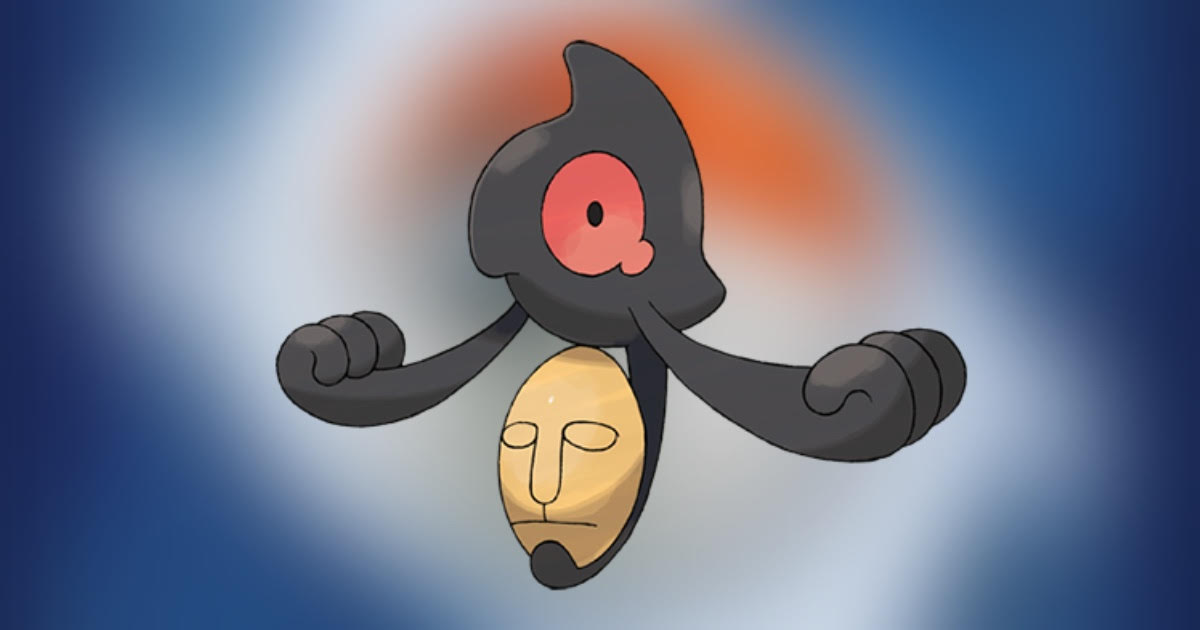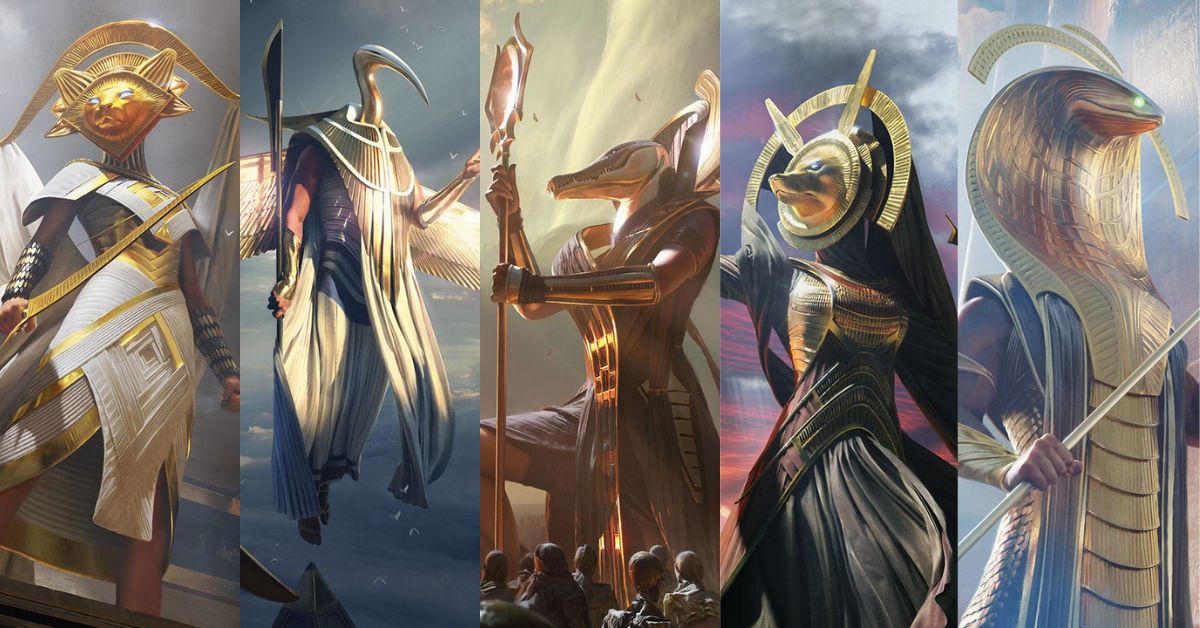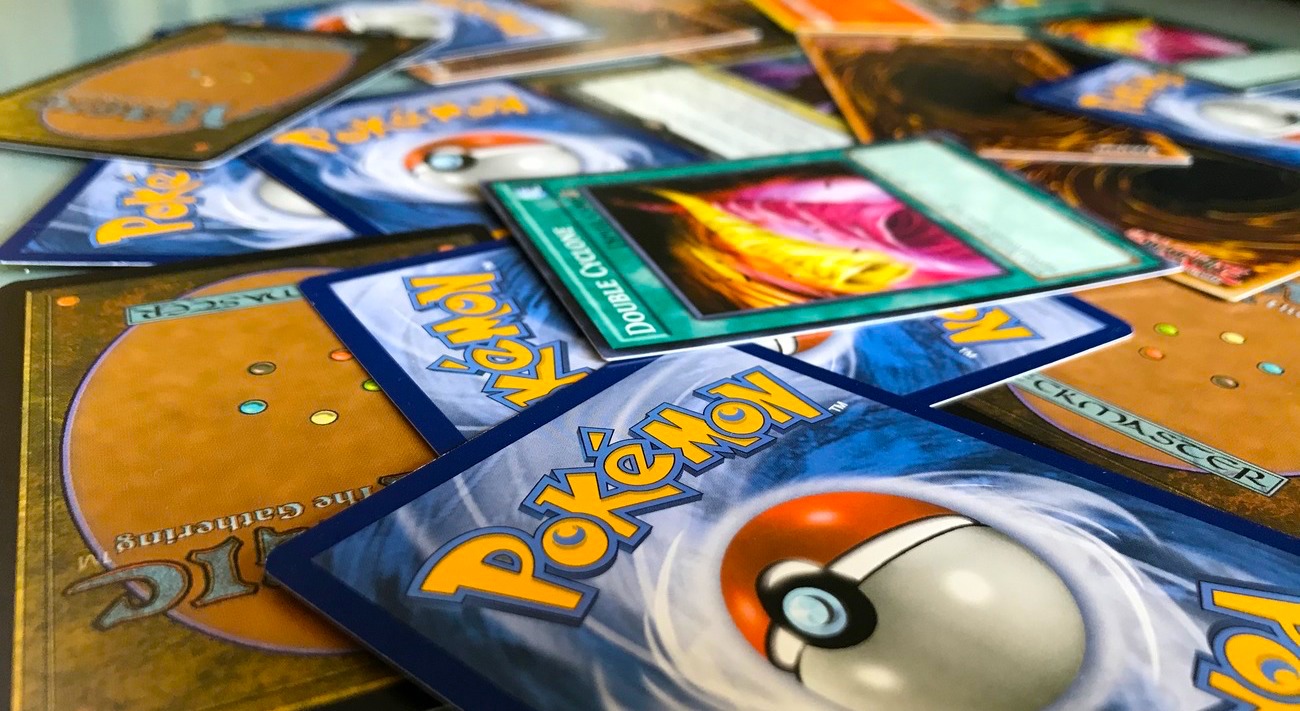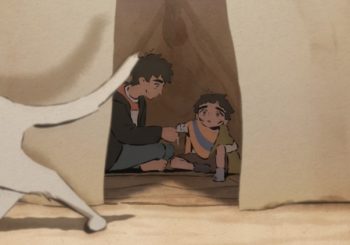Yu-Gi-Oh, Pokémon, and Magic: The Gathering (MTG) are three of the most popular trading card games in the world, with an estimated combined player base of 52.5 million.
Be it through companion television series or eye-catching card packs in local toy stores, chances are Egyptians are familiar with at least one of these three names.
Over the years, the individual franchises have grown beyond simple gameplay and come to integrate storylines and lore into their cards — and the way ancient Egyptian mythology left its mark on some of them is fascinating.
From individual cards to the storylines of entire sets, here is how these leading trading card games have integrated mythological Egyptian figures and aesthetics into their products.
Yu-Gi-Oh Monsters
Yu-Gi-Oh was originally just a manga (Japanese comic) written by Kazuki Takahashi in 1996. It was not until a few years later that the company Konami produced and launched the trading card game that was featured in the comic.
The story itself already features a connection to ancient Egypt, namely, the spirit of a Pharaoh. It is therefore unsurprising that the same influence is exhibited in several of the game’s cards.
‘Embodiment of Apophis’ is one such card, referencing the snake god of evil and chaos who, according to mythology, sought to devour the sun and cause the end of the ancient world.
‘The Winged Dragon Ra’ is another card tied to an ancient deity. Ra is perhaps one of the best known gods of the Egyptian pantheon. He acts as king, the embodiment of the sun, and Apophis’ greatest adversary.
These are just a few of the cards highlighting the influence of ancient Egypt across the game – there are also cards referencing Sobek, the crocodile god; Nephthys, protector goddess of souls; and Horus, god of war and the sky.
Pokémon Designs

From the iconic electric mouse, Pikachu, to Trubbish, a sentient pile of garbage, Pokémon are famous for coming in all shapes and sizes.
With over 1,000 Pokémon being designed over the last few decades, it is not surprising that a few would draw inspiration from ancient Egyptian mythology.
The clearest example of this would have to be the Spirit Pokémon, Yamask, even if its association is less recognizable at first glance.
In ancient Egypt, it was believed that the human soul was divided into nine parts: the Ka, Ren, Shuyet, Khat, Ab, Akh, Sahu, Sechem, and Ba. The Ba was the part of the soul that represented a person’s unique personality and had the ability to travel between the worlds of the living and dead.
The afterlife was a significant concept to the ancients, and one of the ways they ensured a soul could recognize its own body after death was by creating a death mask with a depiction of the deceased’s face.
Accordingly, it can be said that Yamask’s design draws from this concept — the Pokémon itself is a wandering Ba, and the item it holds is its death mask from when it was a human.
More ancient Egyptian influences can be found in other Pokémon cards. For example, the design for Lucario is reminiscent of the jackal-headed god, Anubis; while Cofagrigus is a living Egyptian sarcophagus.
Magic: The Gathering Sets

In 2017, MTG released its Amonkhet and Hours of Devastation sets — two related series of cards set in a world heavily inspired by ancient Egypt.
Unlike the Pokémon and Yu-Gi-Oh cards, these sets took inspiration from Egyptian mythology to create their own gods and monuments.
For example, the full pantheon includes three insect-headed gods in addition to the five main deities with the heads of a cat, ibis, crocodile, jackal, and snake. Their designs appear to draw inspiration from the Egyptian gods Bastet, Thoth, Sobek, Anubis, and Wadjet, respectively.
The story depicted by the cards also draws from ancient Egyptian themes. Chief among them is the concept of life after death, as one of the special functions of Amonkhet cards was the ‘Embalm’ mechanic, which allows players to cast creatures from their graveyard.
Complete with viziers in ancient Egyptian garb, mummies, several familiar monuments, and a God-Pharaoh to play during a match, these sets were a detailed homage to one of the world’s oldest mythologies.
Subscribe to the Egyptian Streets’ weekly newsletter! Catch up on the latest news, arts & culture headlines, exclusive features and more stories that matter, delivered straight to your inbox by clicking here.







Comment (1)
[…] post It’s Time to Duel! Trading Cards Inspired by Ancient Egypt first appeared on Egyptian […]